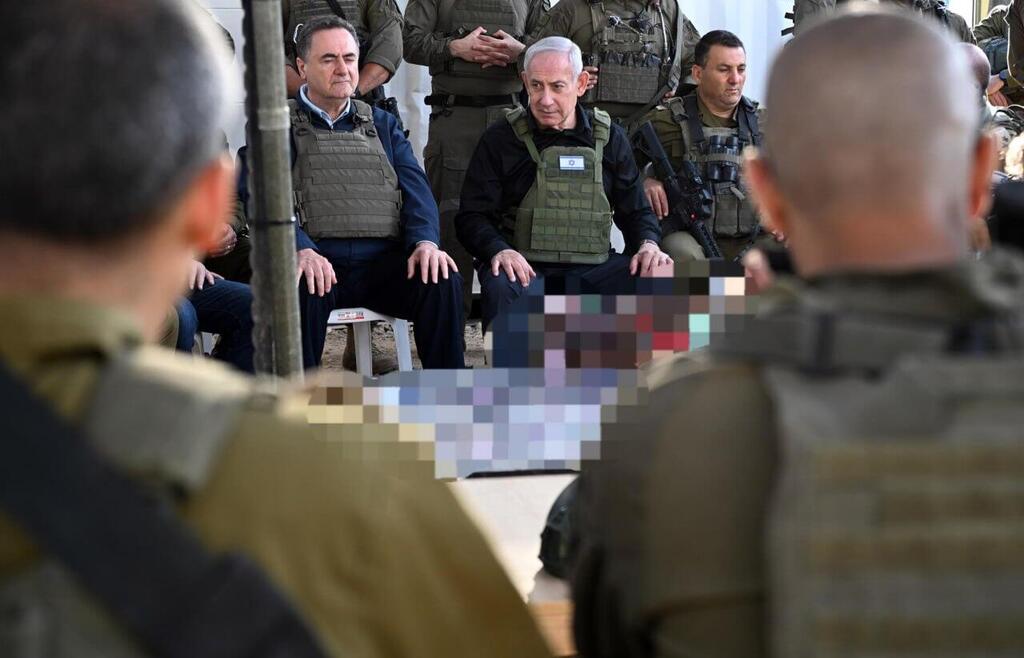Getting your Trinity Audio player ready...
There were no IDF casualties for the first six weeks after Israel resumed fighting in Gaza—until Warrant Officer G'haleb Sliman Alnasasra was killed on Saturday. Officials say the earlier stretch without losses stemmed from orders to advance slowly and carefully.
The absence of reported fatalities pushed the Gaza offensive somewhat out of the daily headlines. Instead, public discourse focused on how best to secure the hostages’ release, intensify pressure on Hamas and the government’s willingness to negotiate an end to the war. The newly occupied territory in the Strip became a draw for journalists traveling with Defense Minister Israel Katz and Prime Minister Benjamin Netanyahu.
But luck can only last so long. The recent deadly incident—which also left several soldiers seriously injured—renewed questions about Israel’s objectives in Gaza. The IDF’s inquiry into the killing of 15 mostly uninvolved medical workers by Golani troops revealed misconduct, violations of orders and false testimony. Footage from the scene has caused significant reputational damage to Israel abroad.
So what is Israel doing in Gaza? There are two competing narratives. IDF Chief of Staff Eyal Zamir and his General Staff colleagues insist the offensive’s sole purpose is to pressure Hamas into a hostage-exchange deal. They say the IDF has no intention of holding the territory it secured over the past six weeks; they expect a ceasefire, the hostages’ return and then the deployment of American contractors to oversee aid distribution, after which troops will withdraw to the border.
Netanyahu, however, has a broader vision. He believes Hamas, by making what he deems impossible demands, has sealed its fate. In a much‑anticipated televised address late Saturday, he hinted that Israel would soon move to conquer the entire Strip and retain control. “I will not surrender to Hamas demands,” he declared. He evoked the idea—originally floated by U.S. President Donald Trump—of transforming Gaza into a region devoid of its Palestinian residents: “The vision that would transform Gaza, once and for all.”
Under that vision, intense fighting and IDF casualties would be followed by mass civilian displacement, the establishment of Israeli settlements and, ultimately, development akin to Trump’s so‑called “Riviera” plan. But was Netanyahu’s speech merely a threat aimed at Hamas or his political base—or a preparation of the Israeli public for a prolonged war in pursuit of an unattainable victory?
Get the Ynetnews app on your smartphone: Google Play: https://bit.ly/4eJ37pE | Apple App Store: https://bit.ly/3ZL7iNv
Critics argue that Netanyahu has already abandoned any realistic prospect of a hostage rescue—tactically, strategically and morally. Their plight no longer fits his agenda.
 Nahum Barnea
Nahum BarneaDuring the weekly protest outside IDF headquarters in Tel Aviv, activists handed out posters urging reservists to refuse service in the war. Thousands passed by without engaging; only a handful displayed the banners. While most calls to end the war and negotiate a full hostage deal have stopped short of urging insubordination, extending the conflict—along with the continued suffering of captive families and the redeployment of troops to enforce an extreme, polarizing government’s policies—could fracture Israelis’ commitment to military service. Gaza, they say, is not worth that price. Not even for those on the right.


